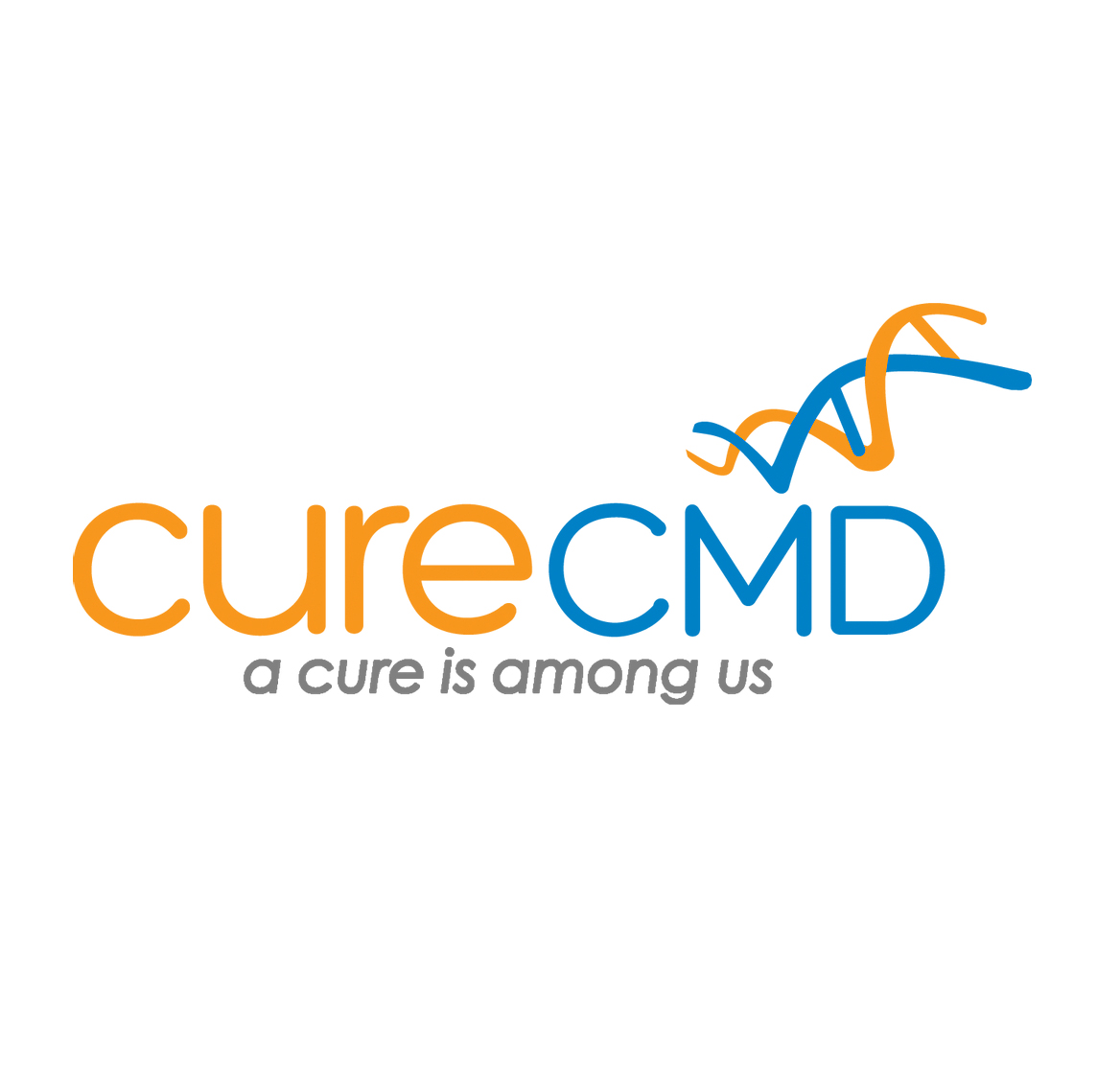Potential therapeutic strategies to treat LAMA2-CMD
Whilst there are currently no available treatments for LAMA2-CMD, several potential therapeutic approaches are under development and investigation. This article provides an overview of the most relevant approaches and progress.
LAMA2-CMD is caused by mutations in the LAMA2 gene, leading to a dysfunctional form of the LAMA2 protein. This protein is normally crucial in upholding the structural integrity of muscles and nerves. Treatment strategies for LAMA2-CMD therefore focus on either correcting or compensating for the defective LAMA2 gene in various ways.
Compensatory gene therapy
A compensatory gene therapy approach aims to reactivate dormant genes in the body that are similar to LAMA2, to compensate for the defective gene in patients. One such gene, LAMA1, produces the LAMA1 protein which is structurally similar to LAMA2. Dr. Durbeej’s research has indicated that augmenting the levels of LAMA1 protein in LAMA2-CMD mice enhanced their health and alleviated LAMA2 symptoms.
In humans however, the LAMA1 gene is typically active during fetal development and becomes largely dormant after birth. Dr. Kemeladewi and her team have pioneered an innovative gene therapy strategy capable of reactivating the dormant LAMA1 gene. Initially demonstrated to be effective in LAMA2-CMD mice by ameliorating disease symptoms, this approach has more recently been shown to successfully reactivate the LAMA1 gene in cells obtained from LAMA2-CMD patient skin samples. These results in patient cells mark an important milestone and open potential avenues for further research and development.
Linker protein-mediated gene therapy
The LAMA2 protein normally acts as an anchor which connects muscle and nerve cells to the extra-cellular matrix – a kind of supportive scaffold or web that surrounds cells in the body, providing them with structure and stability.
Gene therapy can provide cells in the body with genetic instructions to produce new linker proteins that could replace the dysfunctional LAMA2 protein and restore muscle and nerve functions. This approach has been developed by Dr Rüegg and Dr Yurchenco, who have shown that linker proteins improve muscle force, nerve function and body weight in LAMA2-CMD mice. These promising results have culminated in the recent spin-out of SEAL Therapeutics, a bio-tech start-up aiming to further develop this linker protein gene therapy approach.
Ex-vivo gene therapy (autologous cell therapy)
Ex-vivo gene therapy involves the genetic modification of cells outside the body (ex-vivo), rather than inside the body. Patient cells are harvested, genetically modified and grown in the lab before being returned to the patient to induce a therapeutic response.
Dr Sánchez-Mejías’ approach involved harvesting bone marrow stem cells from LAMA2 mice and genetically correcting the LAMA2 mutation in them. Injecting these cells back into the mice led to an improvement in lifetime and muscular strength. The modified bone marrow stem cells can produce other cells in the body that can infiltrate muscle tissue and have a therapeutic effect.
Muscle stem cells, as an alternative to bone marrow, can also be collected, genetically modified, and reintroduced into the body. Dr van Tienen and Dr Smeets’ team recently concluded a Phase I clinical trial involving patients affectedby a muscle disease caused by a specific mutation. In these patients, certain muscle cells are less affected by the mutation. These resilient cells were harvested, cultured in the laboratory, and then reinjected into the patients, demonstrating safety with no serious adverse effects. Currently, a Phase II trial is underway to assess the therapeutic benefits of higher cell doses. While these trials focus on a disease different to LAMA2-CMD, they represent a significant milestone, establishing the safety of reintroducing lab-cultivated muscle stem cells into patients. Dr van Tienen is now exploring the feasibility of employing this approach as a therapy for LAMA2-CMD.
Pharmacological therapy
The use of more traditional pharmacological molecules have also been investigated as another potential avenue to treat LAMA2 symptoms. In 2018, the CALLISTO Phase I clinical trial assessed the safety and tolerability of the drug omigapil in children aged 5-16 years with LAMA2-CMD. Although omigapil was found to be safe, the 12-week duration of the trial was not sufficient to establish the efficacy of the treatment. The trial also highlighted the need for standardised care for LAMA2-CMD, particularly for non-invasive ventilation support. Unfortunately, the company sponsoring this trial decided to discontinue the development of omigapil in 2021.






